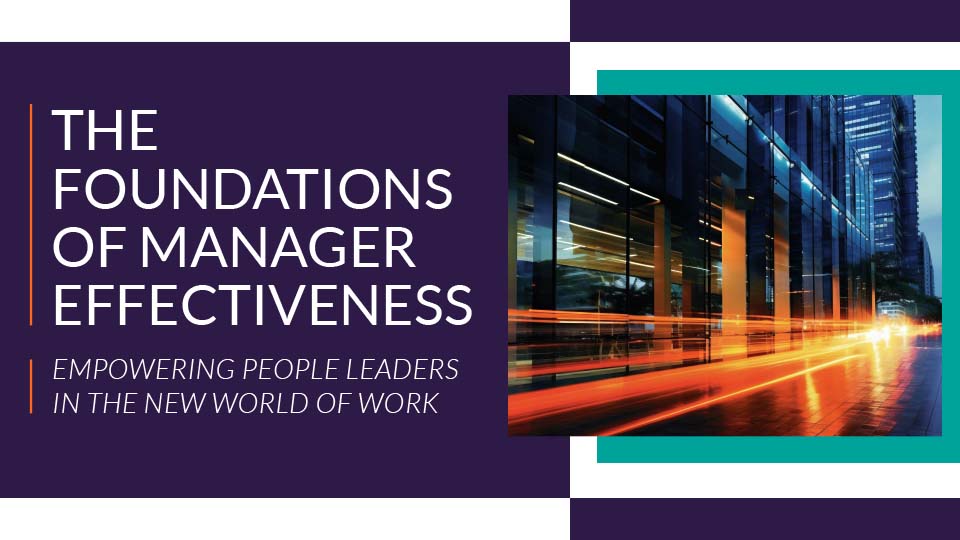Table of contents
Employees who say they are very satisfied with the content and quality of their one-to-one meetings with their manager are twice as likely to recommend their managers to others. However, just one in four employees say their manager is meeting this expectation.
How can managers lead better one-to-one meetings to better support their team members, helping drive performance and retention?
What is a one-to-one meeting?
A one-to-one meeting is a regular meeting between a manager and their direct report. It is an opportunity to ensure each employee feels supported and capable in their role. Managers are the first line of defense against burnout, disengagement, and turnover — regular meetings with their team members is crucial to being successful in that role.
Why do one-to-one meetings matter for managers?
One-to-one meetings matter for managers because employees who are satisfied with the frequency and quality of these meetings are twice as likely to report high engagement and productivity at work. However, many managers are centering informal conversation and task reviews during their meetings, which do not increase employee one-to-one satisfaction. The key elements of a one-to-one meeting are recognition, wellbeing check-in, coaching, and professional development.
How often should managers meet with their direct reports?
Managers should meet with their direct report for at least half an hour every two weeks. Academic research shows that having a pre-scheduled meeting with a standing agenda reduces employee stress because they know what to expect and that they will have an opportunity to share their challenges and get support on a regular basis.
Data shows most employees aren’t getting what they need from one-to-one meetings
AWI research shows that most managers are using these meetings to review tasks and discuss performance objectives, with more than half also covering information conversation. However, four less common components correlate positively with employee satisfaction when it comes to one-to-one meetings with their manager.
4 key components of a one-to-one meeting agenda
Recognition
The correlation between frequent recognition and mNPS score is powerful. Four out of five people who would recommend their manager say they get at least monthly recognition from their manager, compared to just one in five who would not recommend their manager. AWI recommends that managers recognize every employee at least once a month to improve engagement, productivity, and retention.
Wellbeing check-in
What are their current headaches or challenges? Are they especially stressed or worried? It’s the manager’s responsibility to help their employees navigate issues so they can focus on high- priority tasks. This goes beyond task management or informal conversation. It’s an opportunity for employees to be open and honest about what they’re struggling with, knowing they will get the support they need from their manager.
Coaching
Coaching is a specific approach to leadership and problem solving that focuses on guiding someone through the challenge, rather than giving them a specific solution. AWI differentiates coaching from professional development, which is a more formal process of upskilling and career progression.
A common approach to coaching is the GROW model:
Goal (What are you trying to achieve?)
Reality (What is holding you back?)
Options (How could you respond? What resources do you have?)
Way forward (What will you do now?)
Professional development
What is the employee working towards? Professional development is about meeting objectives, upskilling, internal mobility, and visibility at senior levels. Managers should have company support to guide their team members through this process. Professional development is the number one area where managers would like more training from their company.
What is the ideal agenda for a one-to-one meeting?
- Recognition: What positive behavior did you notice from your employee since your last meeting?
- Wellbeing check-in: How are they feeling? What are the main sources of stress?
- Coaching: Use the GROW method (see above) to guide employees towards their own solution.
- Professional development: Foster loyalty and long-term thinking by discussing the skills they’re working on and what their next career step might be.
What can HR do to improve managers’ one-to-one meetings?
HR can improve managers’ one-to-one meetings with their employees by educating people leaders on the ideal meeting agenda: recognition, wellbeing check-in, coaching on problem solving, and discussing long-term professional development. Ask employees about their satisfaction with their one-to-one meetings and work with managers to increase satisfaction.
Only 29% of managers say their company supports them to be better people leaders. HR and senior leaders must find ways to increase manager effectiveness because effective managers lead happy, productive, and committed teams. One way to increase manager effectiveness is through better guidance and training on one-to-one meetings with their employees.
Learn more about empowering managers in the new AWI Foundations of Manager Effectiveness report. Download it today for four factors of manager effectiveness.



